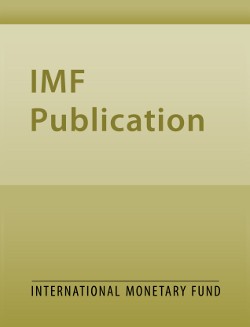
Dissecting Saving Dynamics : Measuring Wealth, Precautionary, and Credit Effects
We argue that the U.S. personal saving rate's long stability (from the 1960s through the early 1980s), subsequent steady decline (1980s - 2007), and recent substantial increase (2008 - 2011) can all be interpreted using a parsimonious 'buffer stock' model of optimal consumption in the presence of labor income uncertainty and credit constraints. Saving in the model is affected by the gap between 'target' and actual wealth, with the target wealth determined by credit conditions and uncertainty. An estimated structural version of the model suggests that increased credit availability accounts for most of the saving rate's long-term decline, while fluctuations in net wealth and uncertainty capture the bulk of the business-cycle variation.
Publication date: September 2012
ISBN: 9781475505696
$18.00
Add to Cart by clicking price of the language and format you'd like to purchase
Available Languages and Formats
| Paperback | ePub | Mobi | ||
| English |
Prices in red indicate formats that are not yet available but are forthcoming.
Topics covered in this book
This title contains information about the following subjects.
Click on a subject if you would like to see other titles with the same subjects.
Labor , Labor , Saving , Wealth , Uncertainty , unemployment , disposable income , unemployment risk , consumption function , income growth
Summary
Copyright © 2010 - 2025
Powered by:
AIDC



